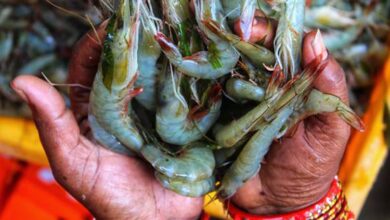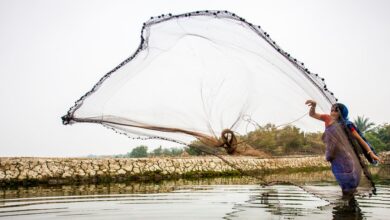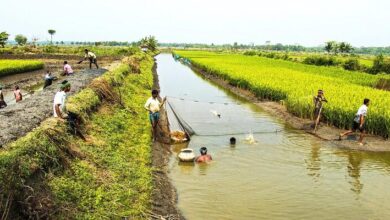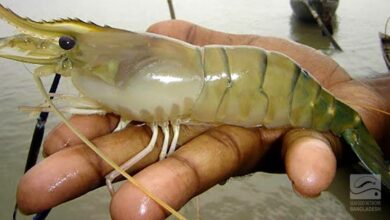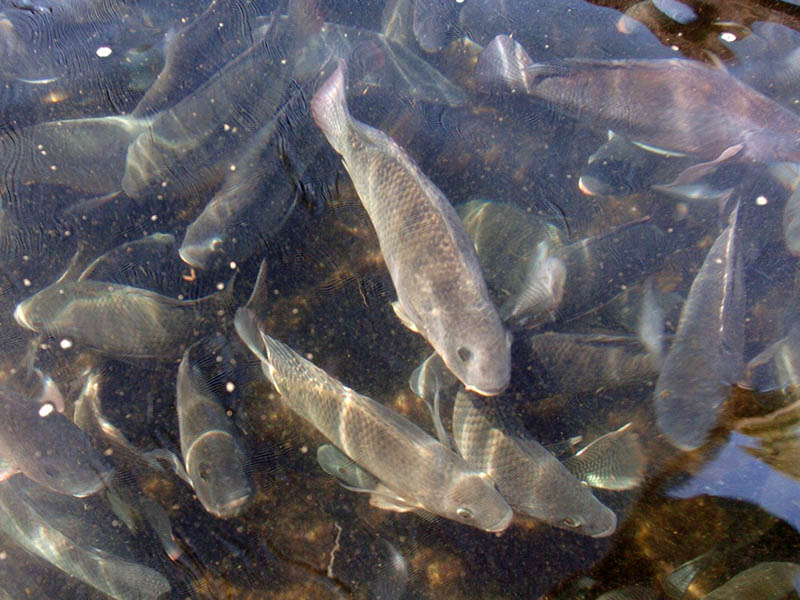
Growing at least two aquatic species that are compatible together in one aquatic environment is known as polyculture system. This technique aims to increase productivity by utilising organisms with various feeding strategies or geographic distributions. The idea behind fish polyculture is to fully utilise all of the numerous trophic and spatial niches in a pond in order to produce the most fish per unit space. To make use of all the natural food that is present in the pond, compatible fish species from various trophic levels and spatial niches are reared together. Ponds are where most polyculture occurs. Pond polyculture should first take specific factors like feeding, harvesting, and marketing into account.
What is the benefits of polyculture system?
When compared to fish raised in monoculture, polyculture offers significant potential for boosting fish production per unit area. Combinations of several species in polyculture systems successfully contribute to enhancing the pond habitat. In the majority of tropical manure-fed ponds, algae blooming is widespread. Phytoplanktophagus Silver carp can be stocked at the right density to prevent certain types of algal blooms. The macrovegetation-eating habits of grass carp, on the other hand, help to regulate the macrophyte population, and they also contribute more partially digested excreta, which is fed to the coprophagous common carp, a bottom-dwelling species. The bottom-dwelling mrigal, common, and mirror carp move the bottom mud in search of food while aiding in the re-suspension of bottom nutrients to water. Such activity by bottom creatures also aerates the sediment at the bottom. All of these factors imply that polyculture is the best option for fish culture in tropical ponds that cannot be drained.
Drawbacks of polyculture:
Even though there are obvious differences between food preferences under natural circumstances, it is still too early to determine the relevance of these feeding differences when stocks are fed with formulated feeds. Adopting supplementary feeding in an economical manner is not very simple. To maintain the best possible balance of the species, farmers must have specialised knowledge and work to generate or buy the right quantity of seed stocks of the different species they have chosen. Sex, age, and size are less under your control. It is harder to keep track of this. Consumer acceptance of various species differs in many cases and across most regions. Additionally, finding markets for other species, such as grass carp, pangas, and silver carp, has proven difficult.
Compatible fish species for Polyculture system:
The first crucial step when developing a polyculture is choosing the appropriate species. You must choose a variety of fish with various eating preferences. We have to be sure to choose the right kind of fish for each level of our pond. You must choose at least one fish species that feeds at one of the three levels. Planktivorous fish will be present at the surface. Fish species that are fed by omnivore to macro vegetation will be used at the medium stage. Bottom-feeding benthic/detritivorous species.
- Planktivorous fish: Catla, Grass carp, Big head carp, Silver carp
- Omnivorous fish: Rohu, Common carp, Tilapia
- Detritivorous fish: Mrigal, Calbasu, Grey mullets, Black carp, Mud carp, Shrimp
Farhana Islam
Agriculturist, Researcher

